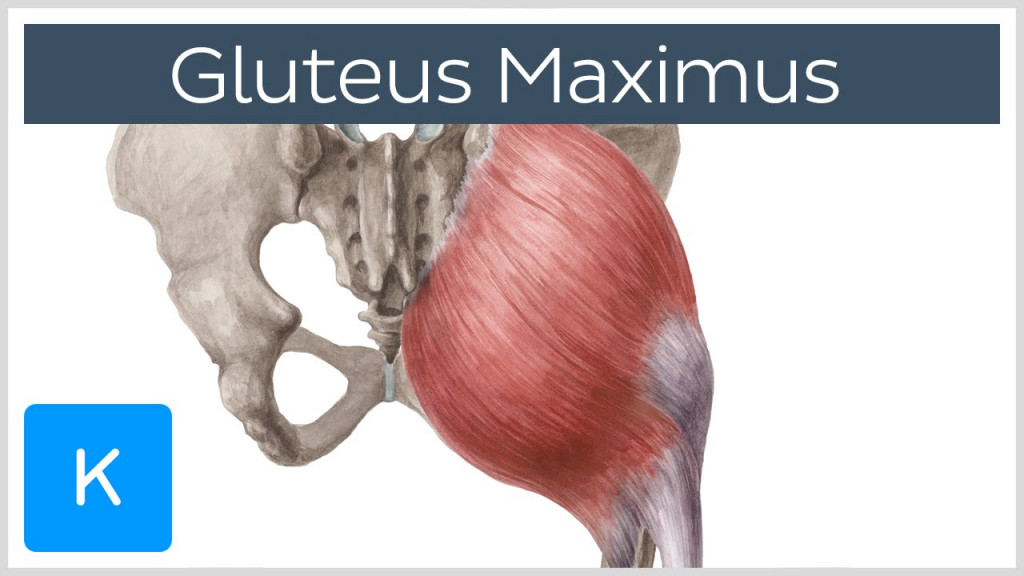Evolutionary Biology
If you study anthropology, you’ll learn that one of the ways that humans came to rise above other animal classes is that we stood up. Our jaws got smaller as our brains grew larger, and eventually this led to us picking up our heads, and so the ripple in time began. Once we could pick up our heads, eventually we could come onto all fours. And taking it even further, we began pulling ourselves up with the strength of our arms and shoulders (thanks opposable thumbs). Forward another several thousand years and we were eventually beginning to stand on our own feet from the strength developing in our glutes and hips. As our spines became upright, our spine developed more curves, from the base of our skull to the bottoms of our feet. All of a sudden we could walk, keep ourselves up, all through gait (aka, contralateral reciprocation). This was a remarkable feat in human evolution. No animal prior to the homosapien had stood up. Sure, apes were standing, but they hadn’t evolved past crude tool making and lower-level communication within tribes.
That isn’t my point, I’m not here to put us above apes, or any animal for that matter. I’m simply pointing out the fact that humans evolved to stand, walk, and eventually run. Our biological evolution led us to this phenomenon over tens of thousands of years. And it is one of the reasons that we were able to hunt and exhaust large prey, as well as run and outsmart predators. Sure, as a baby we spend a year learning the necessary motor patterns to stand-up, but once we’re walking, there’s no stopping us! We continually walk, run, and live on our feet. The main reason for this phenomenon is the glute max. Our glute max came to be by our mental drive to stand up and be bipedal.

This is the reason you can stand up and walk everyday. The real question is does it function in an efficient way you can feel?
Glute Max: Your Best Friend
Fast forward to today, and our glute max is taking a back seat in the training and exercise world. It’s not only because of the sitting, but instead it is because of the lack of understanding of how this muscle functions. We think that because we have a buttcheek, then it means we have a butt. However, this is not the case. Just because you have a muscle doesn’t mean it functions or operates in a way that is conducive to your daily life.
Below I’m sharing with you a simple, and basic way to begin training your glute max in an isometric fashion. Your glute max has three primary actions: hip extension, hyper extension, and lateral rotation. It also serves as an adductor in the inferior fibers, and the superior fibers control abduction. But for now lets focus on extension. Before you watch the video understand that muscles lengthen before they contract. So before your hip can extend, hyperextend, rotate, or abduct, it has to understand the ‘eccentric’ phase of loading, which in this case will be hip flexion. Learning how to load your hip will dramatically improve your movements, joint health (especially of knee, hip, and low back), and overall appreciation of this muscle action.
